Privatopolis Urban Design Strategies for Sauget-East St. Louis, IL 2012

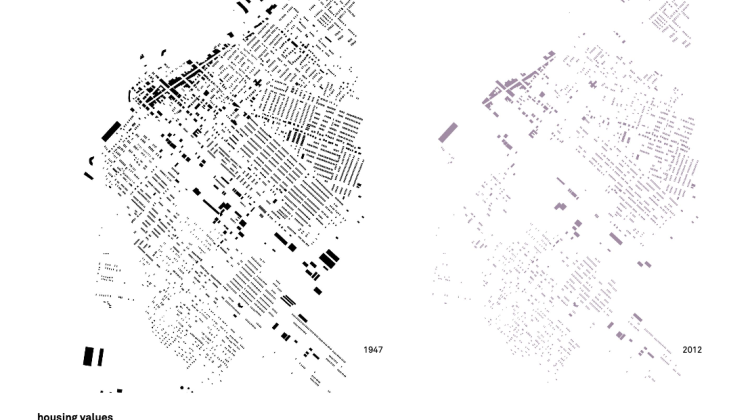


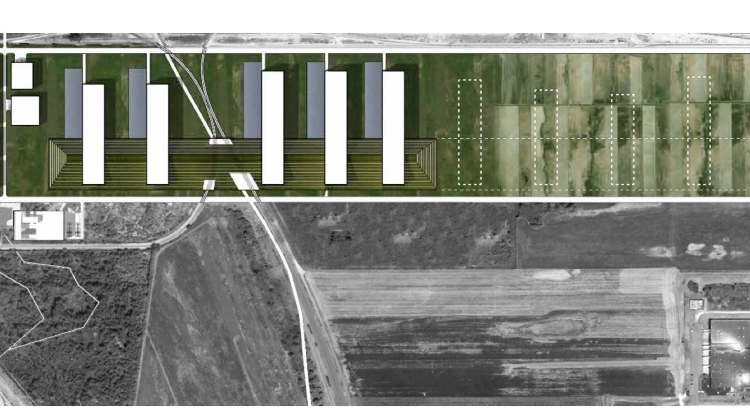

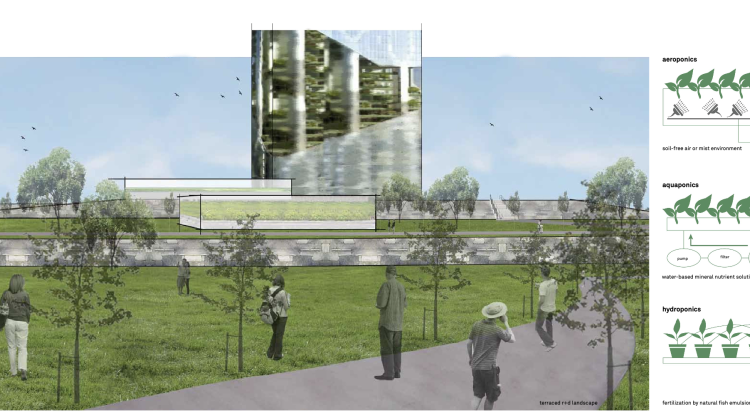

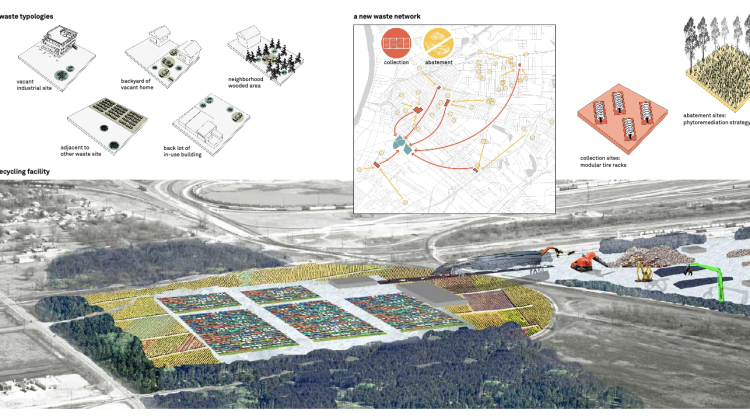


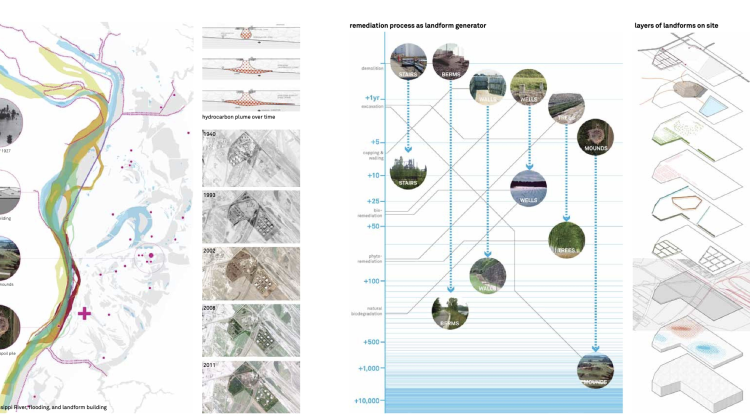
Sauget, IL, is both an extreme urban phenomenon and a prototypical American city. Located across the Mississippi River from St. Louis, MO, it was incorporated in 1926 by the agricultural giant Monsanto. For decades, it supported St. Louis’ industrial economy, serving as its manufacturing center, recycling station, and dump. Its plentiful industrial and railroad jobs helped populate residential cities to the north, such as East St. Louis, IL. In 2012, St. Louis had lost more than 50 percent of its population since its high in 1950, and East St. Louis had a devastating unemployment rate of around 20 percent, with 30 percent of its residents below the poverty rate.
The 2012 MIT shrinking cities urban design studio PRIVATOPOLIS, supported by Exxon Mobil Environmental Services, examined the city of Sauget, IL, on the east bank of the Mississippi River across from St. Louis. Although its population hovers at 159 citizens, Sauget’s police and fire force out-perform East St. Louis’ and its tax base is high. Sauget has succeeded in part because of its willingness to accept land uses unwanted by other cities, such as chemical manufacturing plants and other noisy and toxic industrial functions, an abundance of strip clubs, and large live music destinations. Sauget has its own idiosyncrasies: the city is so named after the family dynasty that has governed it since its incorporation. The Sauget family also owns many local establishments ranging from a 24/7 hour nightclub to an eponymous landfill.
Sauget has come to define a certain type of American urban form: the industrial suburb in transition. The site examined in the studio is a former oil refinery and transfer station that was decommissioned in the early 1990s. Over the last two decades, ecological processes have reclaimed portions of the site, shrouding it in a second-growth forest. This year, demolitions began on the last remaining structures on the east tank farm as the owner prepares to sell the site. Towards that end, this studio was charged with envisioning possible futures of this site, with the added challenge of abstaining from residential programs for safety reasons. Student design proposals evinced great optimism for the future of this site to embody new ideals in industry, waste and recycling, energy creation, and ecology.


